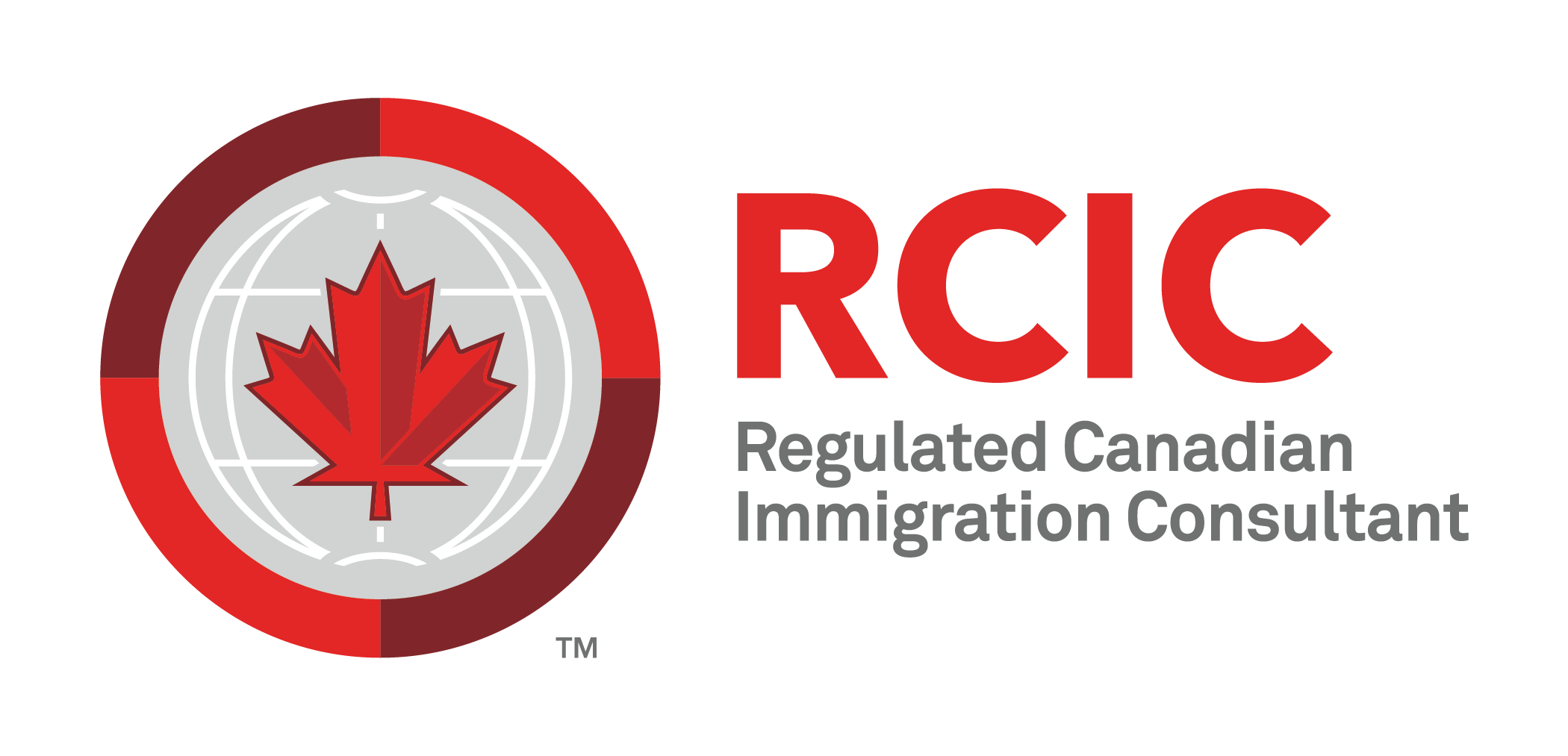Canada Expands Student Work Placement Program with 40,000 New Opportunities in Work-Integrated Learning
April 3, 2025

Canada is moving one step closer to closing the gap between learning and work by scaling up work-integrated learning through the Student Work Placement Program (SWPP) with an additional 40,000 opportunities. This effort, supported by a $207.6 million investment, seeks to give post-secondary students relevant, practical work experience that will prepare them for the realities of the modern, dynamic job market through work-integrated learning.
Enhancing Career Prospects for Students with Work-Integrated Learning
The SWPP aims to equip students by providing co-op placements, internships, hackathons, and other work-integrated learning opportunities. Not only do these enable students to develop valuable workplace skills but also make them more employable after graduation.
Since its introduction in 2017, the program has had a significant presence, generating more than 249,000 work-integrated learning experiences throughout Canada.
During the 2023-24 year alone, over 57,000 placements were funded and supported students from 87% of post-secondary schools. This growth means even more students benefit from practical industry experience as they continue their studies.
Addressing Labour Market Needs
One of the most important advantages of the SWPP is that it is in tune with industry needs. As there are swift developments in artificial intelligence (AI), agriculture, aerospace, energy, and other emerging sectors, Canada needs a qualified and versatile workforce.
Through linking students with these industries through work-integrated learning, the SWPP assists in filling labour gaps while providing young professionals with the skills required to fuel innovation and economic growth.
A Win-Win for Students and Employers
Canadian employers gain considerably from the SWPP (Student Work Placement Program) because it allows them to access a pool of bright, willing-to-learn students who bring new ideas and up-and-coming skill sets.
Students, in turn, have access to hands-on industry experience through work-integrated learning, promoting career growth, networking, and easier entry into the labor market.
In addition, the program is dedicated to diversity, making sure that students from underrepresented groups have access to these beneficial placements, fostering equity in the workforce and assisting underrepresented groups in securing meaningful employment opportunities.
Building a Stronger Future
With this new expansion, Canada is reaffirming its commitment to creating a strong, highly skilled workforce capable of meeting the changing needs of industries. By investing in work-integrated learning, the government is not only building a stronger education-to-employment pipeline but also helping businesses gain the talent they require to succeed.
The Student Work Placement Program remains a key driver in the career development of young professionals, making Canada a leader in innovation, economic growth, and readiness for work.
By integrating work into learning, students acquire practical experience, becoming better equipped for the workforce and further strengthening Canada’s competitive advantage.
Student workplace
A student workplace is a setting in which students acquire experiential learning while pursuing their studies. It may be internships, co-op education, part-time employment, or apprenticeships that can bridge the gap between theoretical studies and practical implementations. Much effort by educational institutions goes into work-integrated learning that provides students with practical knowledge, industry experience, and professional contacts. This method increases employability, promotes critical thinking, and equips students for professional careers by enabling them to apply theoretical knowledge within a working environment.
Do students get paid for placements?
Students are, in most instances, paid for placements, especially in work-integrated learning (WIL) schemes. The placements, being a part of curricula of higher learning institutions, allow the students to learn real-world work experiences in the discipline they have studied.
Even though some co-op placements or internships will be unpaid, several organizations compensate the students with payments, particularly in disciplines such as engineering, technology, business, and health.
Paid placements provide the opportunity for students to implement their scholarly learning in a real-world environment and earn an income. Moreover, these experiences promote students’ employability as they become proficient in essential skills and networking that are greatly valued by potential employers.
If you want to know more details about “Canada Expands Student Work Placement Program with 40,000 New Opportunities in Work-Integrated Learning“ you can contact one of our immigration specialists at Gunness & Associates.
Please Book an Appointment with a Member of Our Assessment Team!
Book an Appointment Now with Gurleen!
Book an Appointment Now with Sahitya!
Gunness & Associates has helped thousands of people successfully immigrate to Canada with their families. Our skilled and experienced immigration experts have the expertise to accurately examine your case and advise you on the best method of proceeding to serve your needs.
For Honest And Straightforward Advice, Contact The Experts
Get a Free Assessment
All rights reserved ©2025 Gunness & Associates







